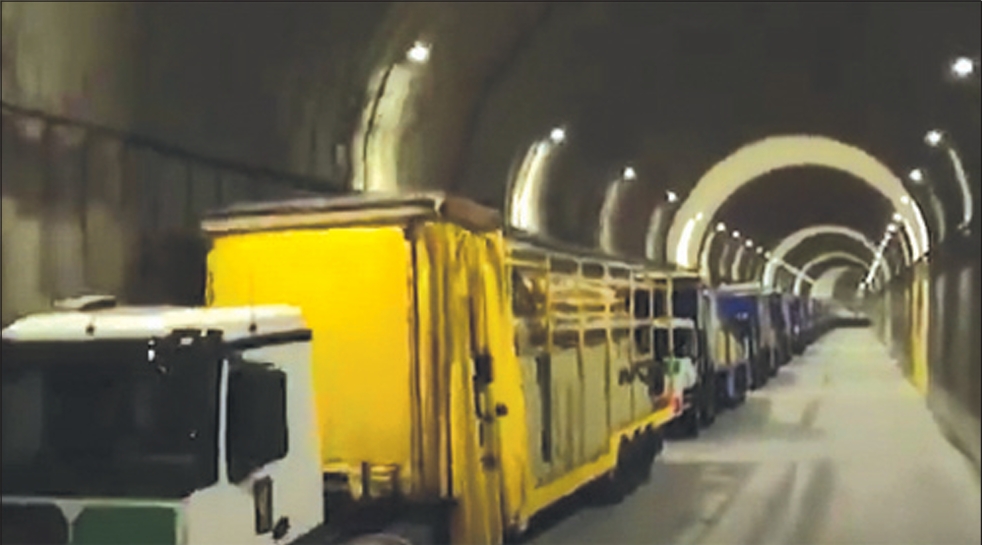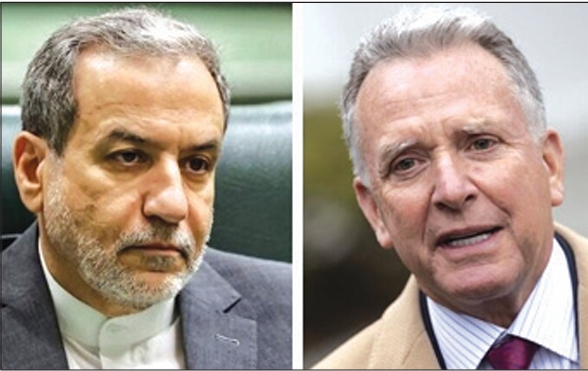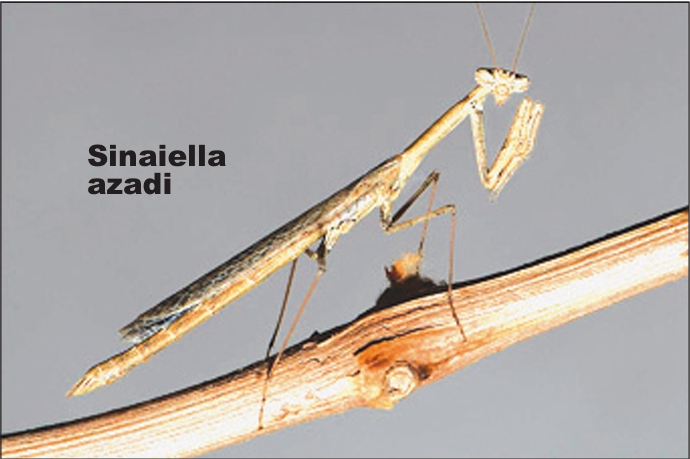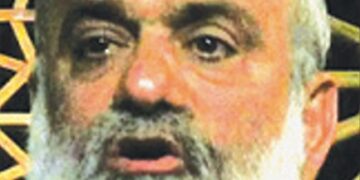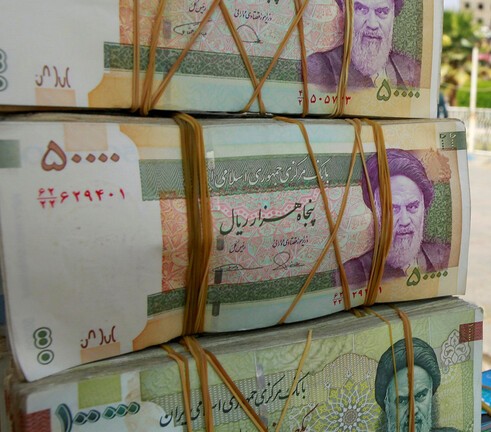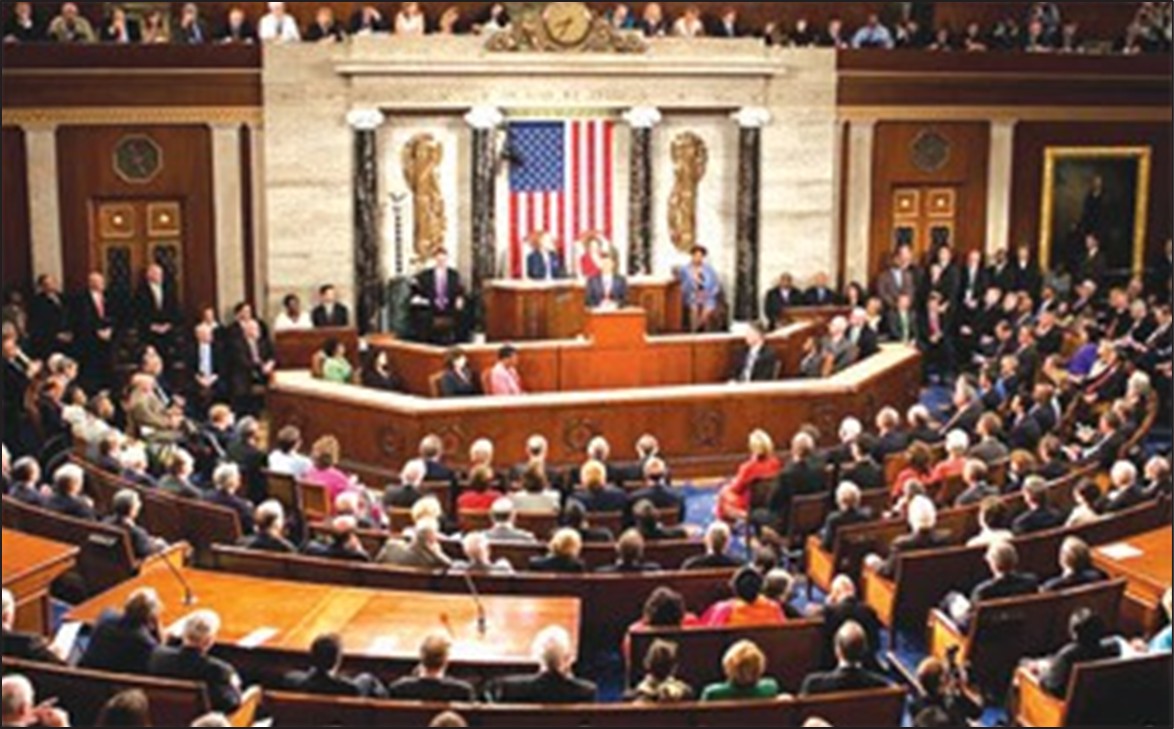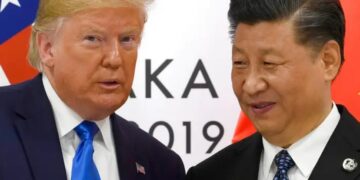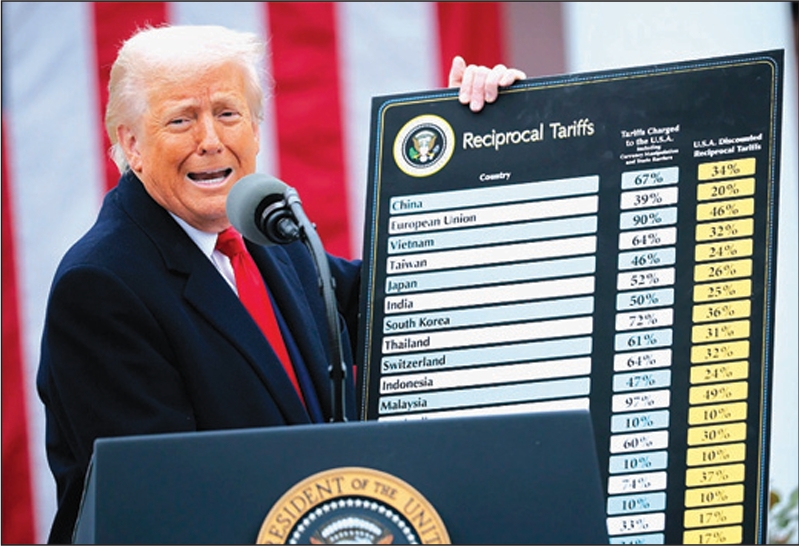But it appears that highly touted intelligence operation was actually a ransom payment. Assorted news reports in recent months have said Iran traded a dozen Al-Qaeda members it was detaining to spring the kidnaped diplomat from the clutches of Al-Qaeda after 16 1/2 months of captivity.
After being freed last April, Heshmatollah Attarzadeh-Niyaki said Iranian agents had freed him and that the United States and Israel were behind the kidnaping.
The Islamic Republic touted the operation to free Attarzadeh as an amazing success for the Intelligence Ministry. Combined with the capture in February 2010 of Abdol-Malek Rigi, the Baluchi rebel leader, the Intelligence Ministry said these two operations proved it was more professional than the American CIA or the Israeli Mossad.
Attarzadeh, Iran’s commercial attaché in the Pakistani city of Peshawar, was kidnaped November 13, 2008, when gunmen blocked his car on a bridge as he was being driven to work, riddled the car with bullets, killed the Pakistani policeman serving as his guard and driver, and whisked Attarzadeh away.
The kidnaping was variously attributed to the Pakistani branch of the Taliban, to Al-Qaeda, to local criminal gangs, or to militant Sunnis who hate Pakistani Shias and see Iran as supporting the Shias. But no one ever claimed publicly to be holding Attarzadeh.
Iranian Intelligence Minister Heydar Moslehi told the media that Attarzadeh had been freed “through a series of complicated intelligence operations,” which he did not further explain at all.
He said an armed group, which he did not name, had made certain demands, which he did not specify, for the release of Attarzadeh, but that Iran refused to respond.
Moslehi said Iran requested the assistance of Pakistan, but that it failed to do anything. Therefore, he said, the Iranian Intelligence Ministry decided to take matters into its own hands and proceeded to spring Attarzadeh with the “complicated intelligence operations.” That implied Pakistan not only did not aid the effort to spring Attarzadeh, but also did not authorize Iran to act within Pakistan, which was difficult to believe.
Moslehi boasted that the release of Attarzadeh and arrest of Rigi proved that Iran’s intelligence service outperforms those of the United States and Israel in the region. “We have a dominance over all other intelligence agencies active in the region,” Moslehi said.
At the Foreign Ministry, spokesman Ramin Mehman-Parast said, “Mossad and the American intelligence services supported the group that abducted the Iranian diplomat. Mossad and American intelligence are stunned by the success of this operation.”
The Iran Times recently made a computer search of news reports mentioning Attarzadeh since his release. It turns out that several newspapers around the world have mentioned in passing that Attarzadeh was exchanged for Al-Qaeda operatives.
The stories in Arab and Pakistani periodicals were not articles designed to expose or embarrass Iran. They only mentioned Attarzadeh in passing. They were fundamentally articles reporting on developments within Al-Qaeda. Only deep in the articles did they mention a trade.
The Kuwaiti daily Al-Watan reported last September that Iran had received Attarzadeh after agreeing to free three batches of detainees associated with Al-Qaeda. First to be freed were Sa’ad bin Laden, son of Osama bin Laden, and several of his associates. They had been held under house arrest in Iran since 2001 when they fled the US invasion of Afghanistan by going to Iran.
Al-Watan said the later releases included: Sulayman Abu-Ghayth, Al-Qaeda’s spokesman; a daughter of Osama bin Laden; Seif al-Adl, an Egyptian operative with Al-Qaeda; and Mahfouz al-Walid, another Al-Qaeda figure; among others, including children and wives.
Last week, The New York Times carried an interview with Abdul Khaliq Farahi, an Afghan diplomat kidnapped a few weeks before Attarzadeh from the same city, Peshawar, Pakistan.
Farahi said he was questioned for information about American military operations that he knew nothing about, like where US drones were based. After a while, he said, he understood that his kidnapers were actually more interested in him for his ransom value.
Farahi said that several months into his captivity, he was moved into a house where Attarzadeh was already being held. They were held together on-and-off for the next year until Attarzadeh was freed.
Farahi said Attarzadeh had already reached the conclusion that he had been kidnapped by Al-Qaeda in order to extort money from Iran and win the release of the Al-Qaeda operatives being detained in Iran.
In sum, the highly vaunted intelligence operation that freed Attarzadeh appears to be nothing more than an ordinary ransom deal. What isn’t explained anywhere is why it took 16 1/2 months to make the deal.


